 Though it served as the basis for the first James Bond film Doctor No (first published in 1958) was actually the sixth novel in Ian Fleming’s series. And while many of the attributes familiar from the Sean Connery movie are to be found – the Jamaican setting, Honey Ryder’s dramatic appearance on the beach, the “three blind mice” hitmen, and of course the nefarious doctor himself – there are considerable differences as well – though, to be sure, nothing like the disparities between the later films and their source novels.
Though it served as the basis for the first James Bond film Doctor No (first published in 1958) was actually the sixth novel in Ian Fleming’s series. And while many of the attributes familiar from the Sean Connery movie are to be found – the Jamaican setting, Honey Ryder’s dramatic appearance on the beach, the “three blind mice” hitmen, and of course the nefarious doctor himself – there are considerable differences as well – though, to be sure, nothing like the disparities between the later films and their source novels.
At the start of the book Bond is still coming off the rehab he needed after being stabbed by Rosa Klebb’s poisoned shoe-blade in From Russia with Love (Fleming, in an unusual move, ends that novel on something of a cliffhanger as to whether Bond will survive). M, unsure as to whether 007 is up to more dangerous assignments just yet, sends him to Jamaica to investigate a “personnel problem” that he promises should be “a bit of a holiday” – comments that Bond later has ample opportunity to recall with acid sarcasm.
The purported personnel problem – the disappearance of Commander John Strangways, the British Secret Service’s representative in Kingston, and his secretary – is of course much more than that: As Bond discovers, the two have been murdered by Doctor Julius No’s henchmen.
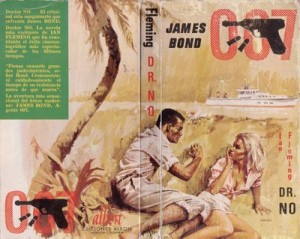 One of the great strengths of Fleming’s work here is the slow building of suspense over the seemingly omnipresent – yet largely unseen – No, and what he’s up to. No, himself a Chinese-German, lives on the nearby island of Crab Key and has run afoul of the Audubon Society over his mistreatment of its native bird population. The Jamaican populace has rightly come to view Crab Key as a place to avoid thanks to the disappearance of anyone who’s ventured there lately; adding mystery is the seemingly large army of “Chigro” (Chinese/Negro) women that No uses to infiltrate Kingston.
One of the great strengths of Fleming’s work here is the slow building of suspense over the seemingly omnipresent – yet largely unseen – No, and what he’s up to. No, himself a Chinese-German, lives on the nearby island of Crab Key and has run afoul of the Audubon Society over his mistreatment of its native bird population. The Jamaican populace has rightly come to view Crab Key as a place to avoid thanks to the disappearance of anyone who’s ventured there lately; adding mystery is the seemingly large army of “Chigro” (Chinese/Negro) women that No uses to infiltrate Kingston.
Despite some characteristic lapses in grammar, and the usual surfeit of luxury porn that he all-too-readily employs to convey Bond’s glamorous life, Fleming can be a startlingly successful stylist when he sets his mind to it. One of Doctor No’s most successful set pieces is Bond’s encounter with an unexpected beastie in his bed on the eve of his trip to Crab Key.
The confrontation is not, as it is in the film, with a tarantula but with a centipede. Bond awakes in the middle of the night to feel “something” on his ankle, which progressively makes its way up to his groin – “Supposing it liked the warmth there! Supposing it tried to crawl into the crevices!” – before eventually making its way across his face. It’s a marvelous bit of horror writing, enough to make one wonder what Fleming could have done with a Stephen King-like premise.
Less successful is the patois forced into the mouth of 007’s helpful Jamaican contact, Quarrel, who first appeared in Fleming’s second Bond novel, 1954’s Live and Let Die. Fleming makes a valiant effort at capturing the local argot, but dialogue like “Dem like dere meat wid salt on him” doesn’t play very well to modern ears. Still, it’s a definite improvement over Let Die’s frequent, casual use of the term “nigger.”
Once on the island, Bond and Quarrel make contact with Honeychile (not bikini-clad, as in the film, but completely nude) as she innocently collects rare seashells to sell back in Jamaica. The book’s Honey is less the Andressian Amazon familiar to millions of viewers; she’s more of an overgrown child, given a near-tragic backstory as someone who’s just barely surviving in a man-led world that she only partially understands. Though Bond does, of course, inevitably bed her, Honey emerges as a surprisingly complex character with an impressive will of her own.
After the encounter with the island’s “dragon” – whose actual identity as a flamethrower-sporting tank is understandably more believable on the page than it is in the film – Bond and Honey finally come face to face with No, roughly two-thirds of the way into the book.
And quite a figure he is. Standing at least six inches taller than Bond, with a bafflingly ageless face, he appears “like a giant venomous worm wrapped in grey tin-foil” who features at the end of his arms “two pairs of steel pincers … like the hands of a praying mantis.” Again certainly a more impactful figure than the film’s Joseph Wiseman, with his average height and his simple black gloves.
Even after No explains his physical appearance – the result of his long-ago double-crossing of some unsavory gangsters – he remains, to both Bond and the reader, a somewhat less-than-human figure, at various times seemingly metallic or even insectoid. Essentially emotionless (Fleming playing up the “inscrutable” stereotype here), No takes the time to explain what he’s been up to.
It’s at this point that the book, unfortunately, loses much of its momentum. No has come up with an elaborate plan to sabotage American missile tests for the Russians, with much of the funding coming from the harvesting and exporting of bird guano. Professing himself a student of pain, No then forces Bond to run a gauntlet of challenges within the air shafts of his mountain lair.
These challenges are written with flair, but become increasingly ridiculous, including as they do a box of tarantulas (who feeds them?) and a climactic battle with a giant squid that seems like an outtake from 20,000 Leagues Under the Sea. That No is finally killed by having tons of guano dumped upon him may be a poetic means of eliminating him, but was – and is – hardly cinematic, at least in a serious way.
These and other touches seem to indicate Fleming’s eagerness for his tales to get bigger and bigger, with Bond frequently exhibiting superhuman abilities to overcome the obstacles in his way, starting with the amazing recovery from Klebb’s poison. While 007 remains very much a man conflicted by the killing that’s mandated by his job, his dealings with the otherworldly No and his outsized scheme to tip the Cold War in the Russians’ favor put Bond’s introspective qualities very much in the background.
Nevertheless, Doctor No is for its first 75% or so a terrific adventure; readers should be amused by M’s decree that Bond give up his beloved Beretta (derided by Major Boothroyd, a.k.a. Q, as a “ladies’ gun”) in favor of the Walther PPK, marking its first deployment in the novels. There’s also the ornithological angle, which can probably be considered a tip of the hat to the “real” James Bond, author of Birds of the West Indies. In addition, much of the fictional Crab Key appears to have been based upon the Bahamian island of Great Inagua, as Audubon magazine discusses here. LINK: http://www.audubonmagazine.org/features0507/inagua.html
 (Reuters) – Movie audiences nowadays expect scenes of graphic violence in James Bond movies, unlike when Roger Moore played the super spy with a tongue-in-cheek humor, the actor believes.
(Reuters) – Movie audiences nowadays expect scenes of graphic violence in James Bond movies, unlike when Roger Moore played the super spy with a tongue-in-cheek humor, the actor believes.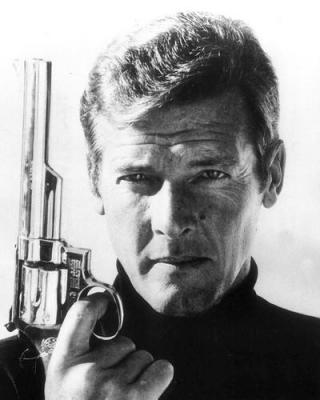 While making “The Man With the Golden Gun,” director Guy Hamilton wanted Bond to be tougher and had him threaten to break Maud Adams’ character’s arm to get information, he writes. “That sort of characterization didn’t sit well with me, but Guy was keen to make my Bond a little more ruthless.
While making “The Man With the Golden Gun,” director Guy Hamilton wanted Bond to be tougher and had him threaten to break Maud Adams’ character’s arm to get information, he writes. “That sort of characterization didn’t sit well with me, but Guy was keen to make my Bond a little more ruthless.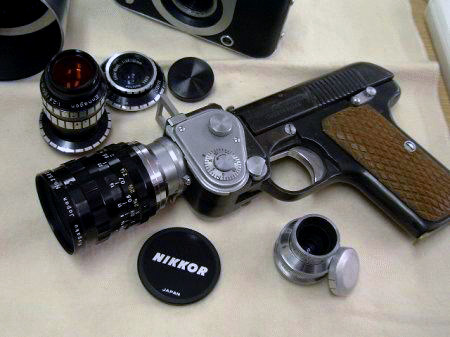


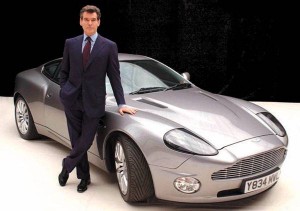






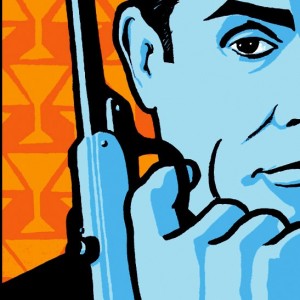
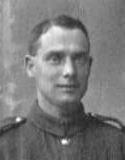



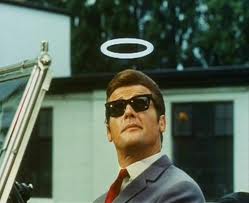


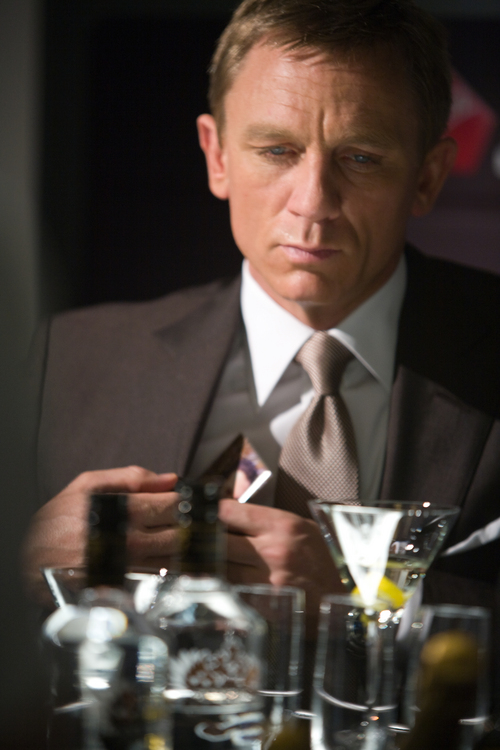 A story line that takes Bond through Greece, Monaco and other locations. He’s back in a new adventure that sets him on a course that can make or break his double “O” status. EON productions created a cinamatic suprise with plenty of action and suspense. Featuring Jos Stone’s sultry voice in the title song and of course, Daniel Craig in the title role. But why isn’t it coming to a theater near you?
A story line that takes Bond through Greece, Monaco and other locations. He’s back in a new adventure that sets him on a course that can make or break his double “O” status. EON productions created a cinamatic suprise with plenty of action and suspense. Featuring Jos Stone’s sultry voice in the title song and of course, Daniel Craig in the title role. But why isn’t it coming to a theater near you? 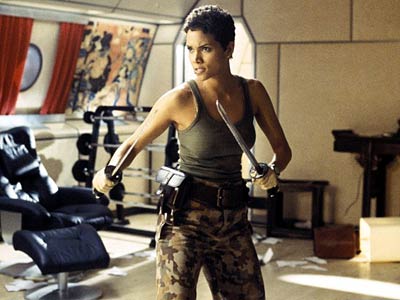
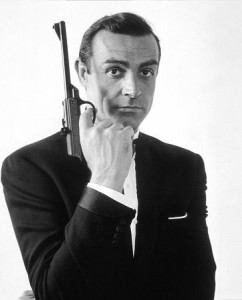 The Cold War ended many years ago. The economy has its ups and downs and the minister reponsible for MI6 is downsizing the agency. If James Bond lost his license to kill per se, What would Bond do? Looking at his interests and exploits in several adventures I’m assuming there are skills that he can apply to just about anything he sets his mind to, for example
The Cold War ended many years ago. The economy has its ups and downs and the minister reponsible for MI6 is downsizing the agency. If James Bond lost his license to kill per se, What would Bond do? Looking at his interests and exploits in several adventures I’m assuming there are skills that he can apply to just about anything he sets his mind to, for example